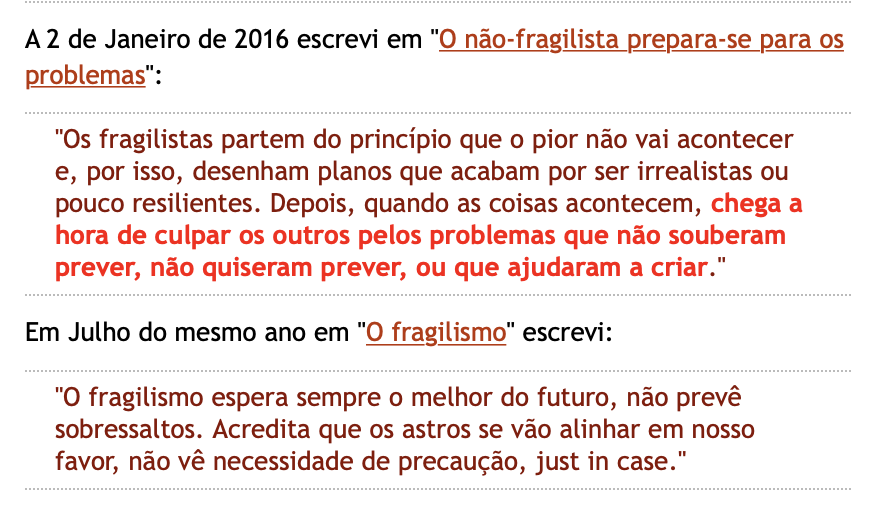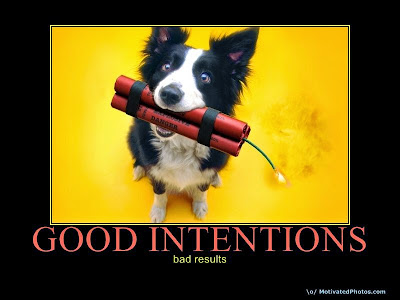Parte I, parte II, parte III, parte IV, parte V, parte VI, parte VII, parte VIII e parte IX.
Este é percurso a seguir por uma empresa virtual de calçado em busca do próximo modelo para funcionamento na Fase IV.
É preciso descobrir o(s) novo(s) mercado(s), seleccionar aqueles que parecem ser os primeiros clientes, validar essas hipóteses, para só então começar a fazer crescer o negócio.
É preciso aprender a perceber os problemas, as expectativas e necessidades dos hipotéticos novos clientes, é preciso desenvolver um modelo de abordagem comercial, um modelo de venda que possa ser replicado, é preciso criar e gerir a procura para, por fim, transitar um modo de descoberta e aprendizagem, um modo de tentativa e erro, para um modo de empresa, um modo de execução eficiente.
Descoberta do cliente
Descobrir quem são os clientes, qual o nicho a servir, qual o produto procurado e qual o problema que esses clientes procuram resolver. A tal startup, ainda que virtual, referida na Parte IX, não é uma réplica em escala reduzida de uma empresa. Uma start-up é uma experiência. Os empreendedores têm uma ideia que nunca foi testada no mercado. Essa ideia tem clientes? Quais? Onde estão? Essa ideia materializa-se em que tipo de produto ou serviço?
Qualquer start-up, numa fase inicial, está em modo "search", pesquisando sucessivas hipóteses de clientes e produto. Nesta fase o "fail often, fail well, fail fast" é fundamental: testar hipóteses sobre a combinação clientes-produto e descartar rapidamente as que não funcionam, o que no mundo das startups é conhecido como "pivoting". Nesta etapa, o empresário tornado empreendedor, não tem ninguém por quem copie sobre o que fazer para ter sucesso. Tem de criar o seu futuro, tem de testar alternativas de futuro. Saras Sarasvathy e a sua Teoria da Efectivação pode ser útil. Segundo a Teoria da Efectivação o empreendedor é como um piloto na cabine de um avião, o futuro é algo que se pode influenciar como base nas decisões que se tomam, ou seja, o empreendedor pode criar as suas próprias oportunidades:
Os quatro princípios da efetivação são:
- Um pássaro na mão: O empreendedor precisa criar soluções com os recursos que tem disponíveis aqui e agora.
- O princípio da limonada: Erros e surpresas são inevitáveis e podem ser usados para procurar novas oportunidades.
- A colcha criativa: Entrar em novas parcerias pode trazer ao projecto novos fundos e novas direcções.
- Perda comportável: O empreendedor deve investir apenas o quanto estiver disposto a perder.
Assim, o melhor que o empreendedor pode fazer é começar por si, pela sua empresa da Fase III.
Olhar para nichos de clientes com os quais tem uma relação especial, com os quais continua a ganhar bom dinheiro, e gerar perguntas, e gerar hipóteses: Que experiência foi adquirida ao longo do tempo?
É olhar para nichos de clientes actuais, e gerar hipóteses: por que é que este tipo de clientes me continua a comprar? Quais são as vantagens que a minha empresa actual tem?
Qual é mesmo o negócio em que está metido ao trabalhar para esse tipo de clientes de nicho? É muito provável que a resposta certa não seja a primeira que lhe vem à cabeça. Um cliente de nicho não compra sapatos, compra uma paixão, compra a solução de um problema, compra o diálogo e a capacidade de comunicar, experimentar, compra a cumplicidade de alguém que o percebe. Os sapatos são como que contratados para fazer um trabalho na sua vida. Qual é mesmo esse trabalho?
O empreendedor deve perguntar: Quem conhecemos? Conhecemos alguns potenciais clientes de nichos? Conhecemos alguém que conheça potenciais clientes de nichos? Conhecemos alguém que conheça intervenientes no modelo de negócio dos clientes de nichos?
O empreendedor deve começar com o que tem, arriscar o que pode pagar, estar aberto a surpresas positivas e procurar relacionar-se com outros.
A ideia é seleccionar um nicho com potencial, desenvolver uma proposta de produto, uma amostras ou protótipos, e sair da empresa e ir para a rua, e ir para o mercado à procura da validação do cliente.
Continua.























